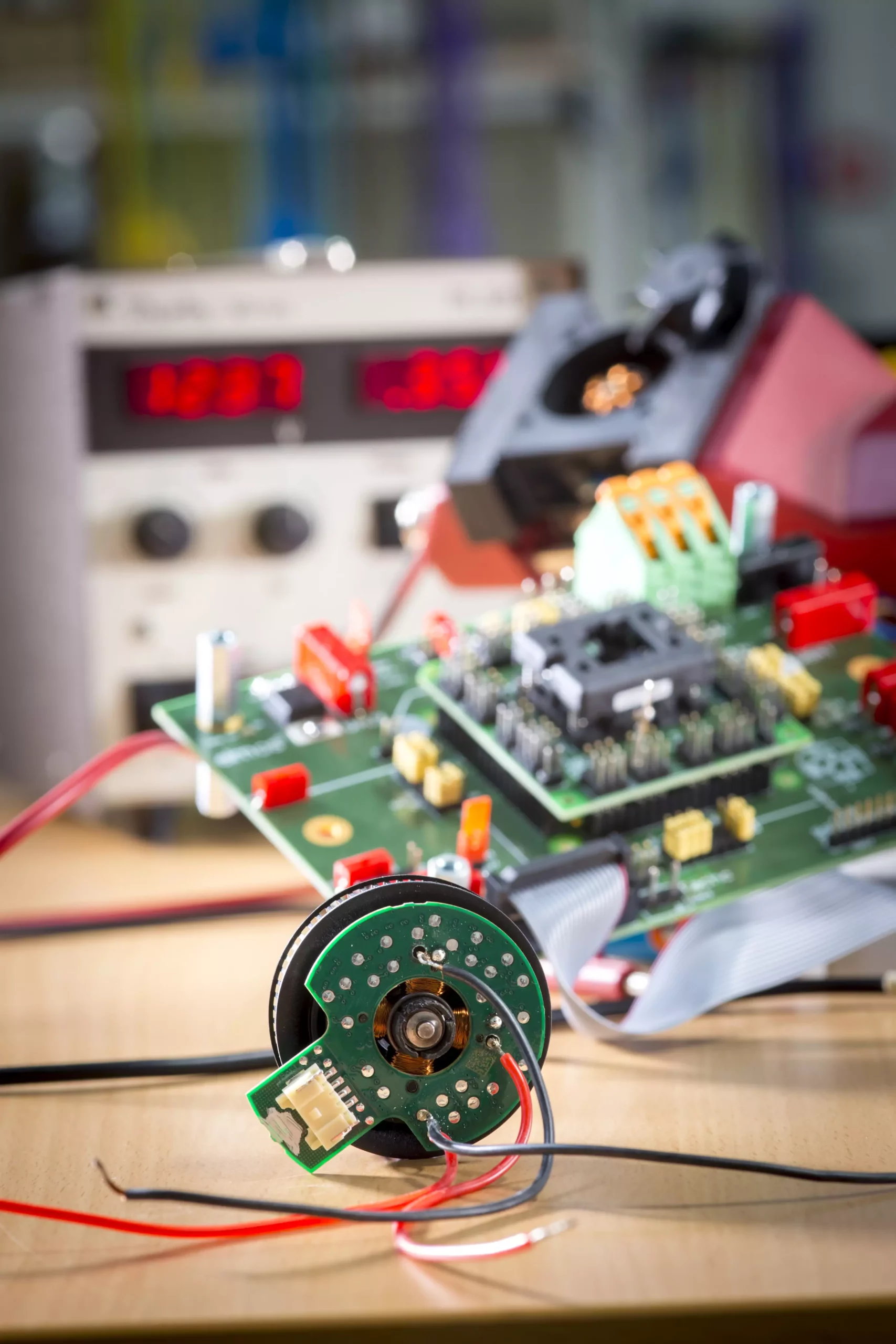Small electric motors are integral components of various modern technologies, powering everything from household appliances and hand tools to sophisticated systems in contemporary vehicles. Surprisingly, while an individual motor may contribute minimally to energy consumption, the cumulative impact of numerous motors across various applications presents a significant opportunity for energy savings. Recognizing this potential, a research team led by Annette Mütze at Graz University of Technology (TU Graz) conducted groundbreaking work to enhance the efficiency, quietness, and weight of brushless integrated motors.
The primary objective of the research conducted by Mütze’s team was to optimize the performance of small electric motors, particularly those utilized in pumps and fans. By reimagining traditional motor designs and implementing innovative control technologies, the team has effectively tapped into new levels of energy efficiency. Conventional motors are often bogged down by design limitations and outdated control techniques, leading to excessive energy consumption and increased noise levels. Nonetheless, with the introduction of modified designs and manufacturing methods, Mütze’s research yielded motors that not only consume less energy but also operate with reduced noise and weight, making them ideal for a variety of applications.
One of the critical innovations developed by the TU Graz team involves addressing an issue known as cogging torque, which can manifest as an unwanted jerking motion when an electric motor starts up. This effect arises from the alignment of permanent magnets and stator slots, which can create vibrations that produce noise. Mütze’s team tackled this challenge by skewing and slotting the claws in motor designs, a cost-effective adjustment that significantly mitigated the cogging torque. As Mütze notes, this adjustment ultimately leads to a remarkable 70% reduction in noise levels, allowing for smoother operation and a more pleasant user experience.
Energy loss in electric motors is often exacerbated by the traditional method of pulse width modulation (PWM), which regulates the electric current supplied to the motor. PWM involves a high frequency of switching actions, leading to a suite of associated energy losses. Mütze’s approach simplifies this process by minimizing the number of switching cycles; rather than multiple switches per cycle, her team developed a system that only switches once per desired voltage cycle. This innovation not only reduces energy waste but also allows for a more streamlined circuit board design, requiring fewer capacitors—yielding cost savings that further enhance the overall efficiency of the motors.
Taking efficiency a step further, the researchers introduced the concept of PCB motors, characterized by their unique construction. By integrating printed circuit boards into motor design, the team has achieved a new level of automation and cost-effectiveness in production. These PCB motors utilize innovative 3D-printed ferrite cores, which guide the magnetic flux more effectively than traditional materials. The deployment of these cost-effective ferrite magnets demonstrates the potential for reducing overall manufacturing costs while maintaining optimal motor performance.
The implications of Mütze’s work extend beyond just the motor technology itself; they signify a crucial leap toward enhancing energy efficiency across numerous sectors reliant on small electric motors. From consumer electronics to electric vehicles, the economic and environmental benefits of these innovations hold the potential to shape the future of energy consumption significantly.
The research team’s efforts have illuminated a path toward more sustainable and efficient electric motor technology. As industries increasingly pivot toward energy-conscious solutions, the advancements achieved by Mütze and her team will likely serve as a foundation for future innovations, ensuring that the vital role of small electric motors comes with enhanced performance and diminished energy costs.


Leave a Reply